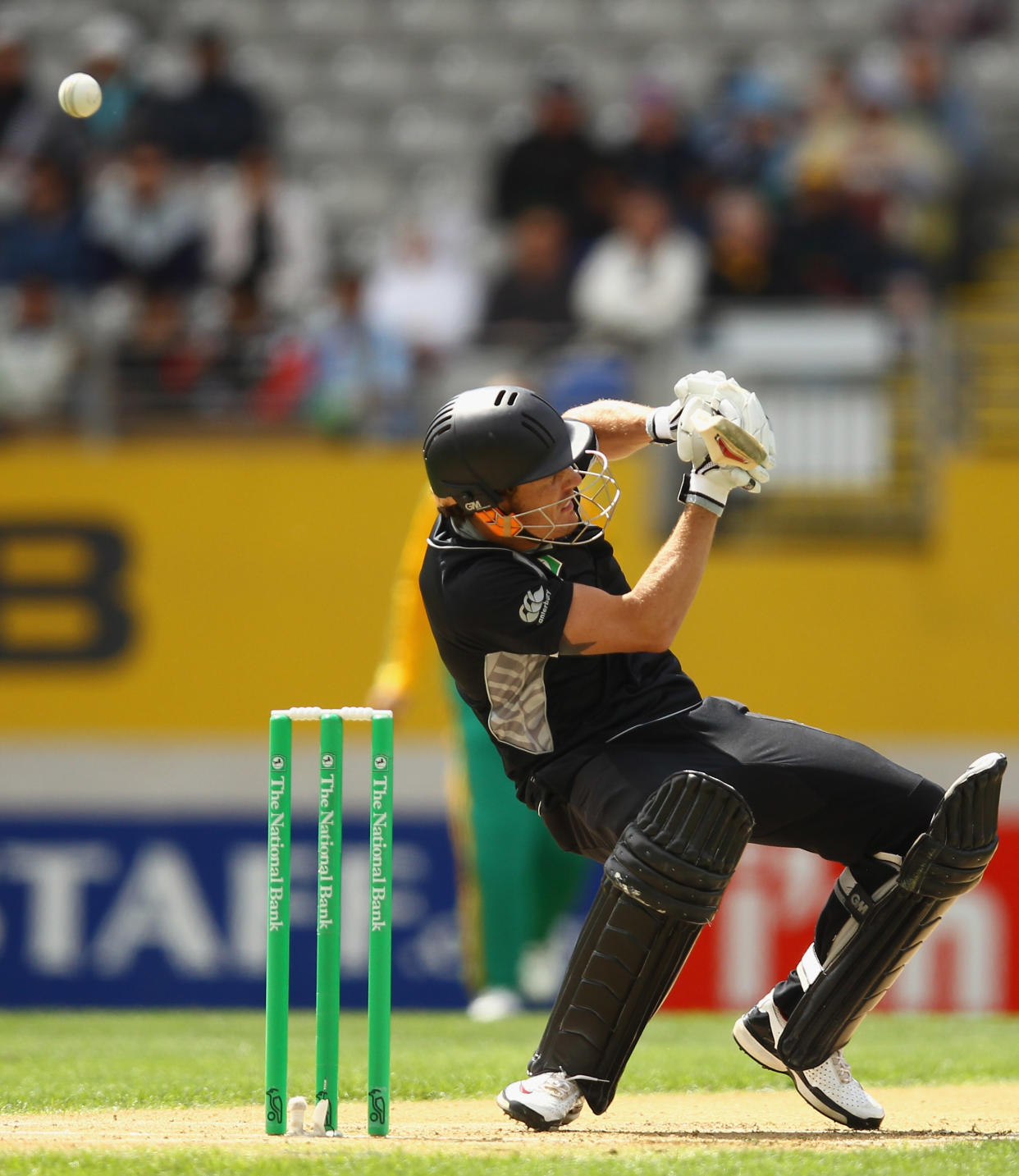Two bouncers an over likely in one-dayers
The ICC cricket committee also felt the need to remove the bowling Powerplay.

Calcutta (The Telegraph): The International Cricket Council’s cricket committee has recommended the number of bouncers permitted in an over in ODIs to be increased to two. The panel also felt the need to remove the bowling Powerplay and reduce the number of fielders permitted outside the 30-yard circle from five to four.
The committee’s recommendations will have to be ratified by the ICC Executive Board in Kuala Lumpur later this month. If they are incorporated into ODI playing conditions the mandatory Powerplay of 10 overs at the start of each innings will remain but only one period of five overs will now be nominated as a Powerplay, to be taken by the batting side and completed by the 40th over.
The changes are designed to “improve the balance between bat and ball and to create an identity for ODIs distinct from the Test and Twenty20 formats,” an ICC release said.
The committee decided there had been little impact from two five-over Powerplays being taken between the 16th and 40th overs, but did think using two new balls from each end had proven successful — both measures were recommended at last year’s meeting.
“The changes will help enhance what is still an exceptionally popular form of the game,” David Richardson, ICC general manager of cricket, said.
“The committee was mindful of the need to avoid continual changes but was determined to complete the process initiated last year to enhance the format. It is now confident that these recommendations for ODI cricket, which showed its popularity during the 2011 World Cup, will help create an even more attractive spectacle as we approach the World Cup in 2015.”
The committee, at its annual meeting at Lord’s on Wednesday and Thursday, also decided against replacing the Duckworth-Lewis method by VJD calculation of targets in rain-curtailed matches.
ALSO READ:
ICC decides to stick to Duckworth/Lewis Method
ICC committee fully backs DRS
An Indian mathematician, V. Jayadevan, had proposed his system — the VJD method — replace the D/L method but the committee unanimously agreed there was no evidence of any significant flaws in the D/L method and that no improvements could be offered by the VJD method.
The committee also recommended that suspended players should not be allowed on to the field of play once a game has started as well as a stricter approach to the enforcement of the regulations covering substitute fielders.
They also noted that there were still instances of non-strikers leaving their crease before the bowler has released the ball. They said that this was considered unfair play and that a bowler remains entitled to run out the batsman if he continues to transgress.
In an attempt to further improve over-rates, the committee also agreed that no drinks may be brought onto the field of play other than at the official drinks breaks, including at a review/referral of a decision.
“Following a referral, the batsmen and bowling side must be in a position to resume play as soon as the decision is made (assuming a not out decision). Any delays caused by the batting side will be deducted from the allowances granted to that team in the calculation of its over-rate,” the release said.
The committee also carried out its annual review of the Decision Review System and reiterated that, depending on the ability to finance the technology, DRS should be implemented universally in Test and ODI cricket.
The committee heard that once again there was a significant improvement in decision making in matches where DRS was being used.
“In Test matches, the increase in correct decisions was 4.27 per cent and in ODIs was 5.01 per cent producing an overall improvement of 4.49 per cent to 98.26 per cent,” the release said.
The committee was presented with a provisional report covering a review of ball trackings provided in the recent South Africa versus Australia series. They also were briefed that the Hotspot developers have invested in new and improved cameras, which are being used in the current England-West Indies series and, according to the host broadcasters, had provided much clearer and more accurate results.
“The committee noted that the improvements in DRS technology and that DRS has almost totally eradicated player-dissent. This is an extremely beneficial side effect of the DRS,” Richardson said.
“We have always said that DRS was there to assist the umpires in getting more decisions correct and eradicating the obvious mistakes. The statistics demonstrate that it has been effective in that objective. The committee re-affirmed this as the aim,” he added.
The other decisions by the committee are:
The committee supported ICC World Twenty20 being held every two years. They also agreed that the ICC World Twenty20 should be 16 men’s team event from 2014 and that there should not be an ICC World Under-19 Twenty20.
The committee agreed that it was important to maintain the impetus with regard to day/night Test cricket and recommended that the competing countries in a bilateral series should agree that they wish to trial day/night Test cricket then this request should be accommodated.
On the issue of illegal bowling actions, the committee heard that a prototype sensor has been developed capable of producing data that can be worn during matches and would indicate whether or not the bowler’s elbow is being straightened during the delivery swing.
After a detailed debate involving a wide range of opinions, the committee decided that switch hit should remain a legitimate part of the game but requested the MCC to provide further direction on the matter following wider consultation with players and match officials.

